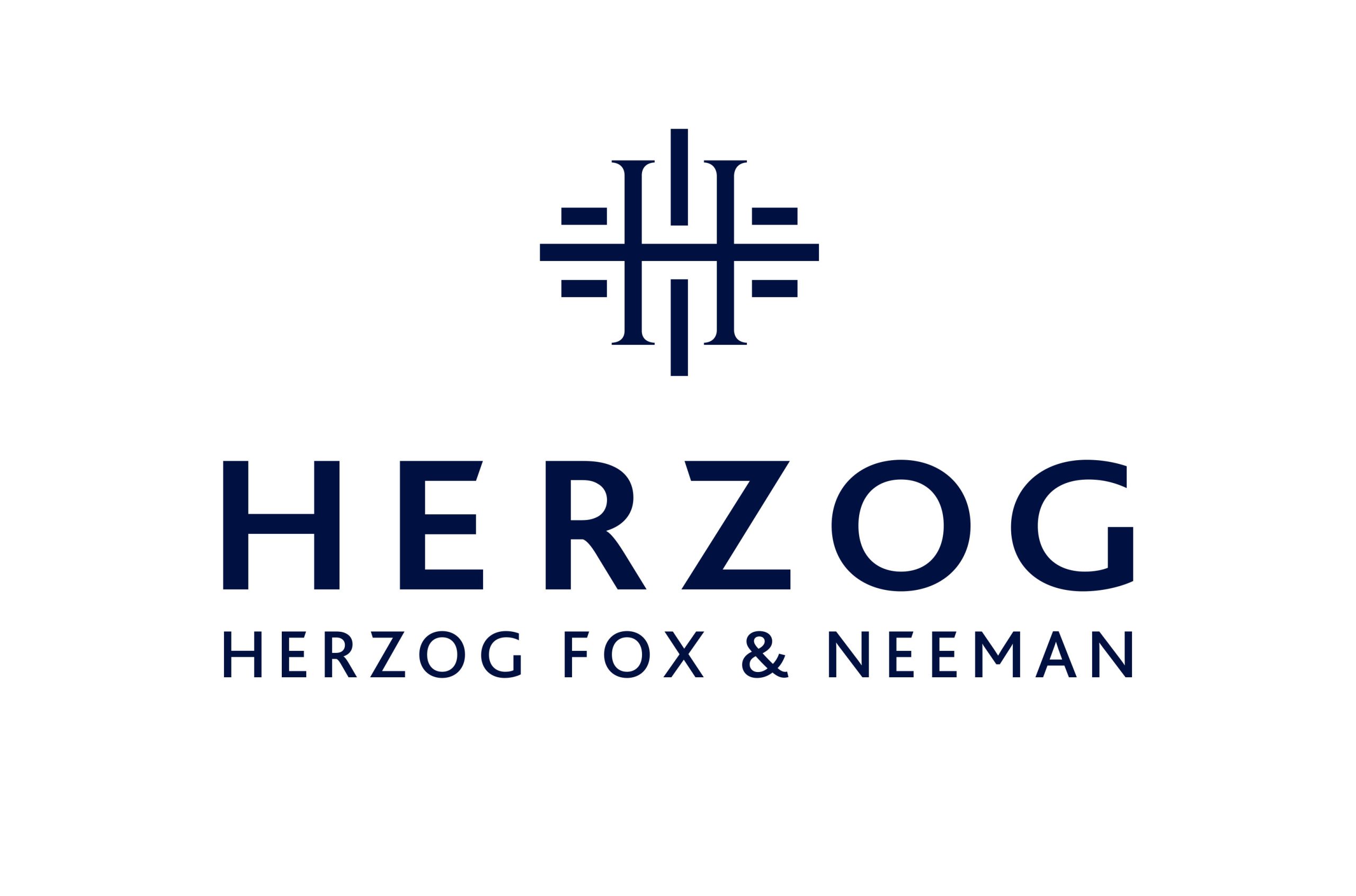Israeli Employment Law – Did you Know? Gender Wage Gaps – Upcoming Reporting Obligation
29 February 2024
Dear Clients and friends,
We are pleased to present you with our quarterly update for Q1 of 2024, which we have dedicated as a reminder of the upcoming deadline for preparing and publishing local gender wage gap reports.
This update obviously cannot cover all aspects of this complex issue, but it will hopefully provide you with some important insights and tips.
Which employers are subject to the reporting obligation?
The duty to prepare and publish wage gap reports (which was first introduced in 2020) applies to all employers that employ more than 518 employees (in addition to certain specific employers, mainly those that are budgeted by the State or the public).
Did you know? The Minister of Labour may – with the consent of the Minister of Finance and with the approval of the Knesset’s Labour and Welfare Committee – extend these requirements to cover employers with 518 or fewer employees.
What are the employer reporting obligations?
By every June 1st, employers must produce two reports, an internal report and a public report, detailing various matters in relation to gender wage gaps at the workplace, in relation to the previous calendar year.
As the date for publishing the annual reports for 2023 approaches, we recommend ensuring that you are fully prepared ahead of the June 1, 2024 deadline.
Did you know? In May 2021, the Equal Employment Opportunities Commission (EEOC) published initial guidelines regarding the manner in which the reports should be prepared. These guidelines were updated in April 2023. Although these guidelines are not binding, they should be viewed as a guiding principle in relation to the way in which the reports should be prepared.
What should the reports include?
The Internal Report must include, among other items, detailed data regarding the average monthly salaries of female and male employees divided by business segment, detailing any salary gaps, in percentages, for each group of employees.
The Public Report must be published and made available to the general public. It must include general information regarding the average wage gaps between female and male employees in percentages. This report is based on the internal report, provided that the provision of such information does not violate any other law.
In addition, employers who are required to publish reports as stated above, must also provide each employee with information about the employee group to which the employee belongs, including (i) information about that employee group, meaning – classifications, positions, and ranks of the employees included within the group, and (ii) the wage differentials in that group, as percentages. This disclosure should take place annually together with, and based on the Internal Report, provided that the disclosure does not violate any other legal requirement.
Did you know? Even prior to 2020, employers were required to provide employees, at their request, with information about their employees’ wage levels (subject to certain lawful limitations). While such a requirement is still in force, employers with over 518 employees (as well as employers that are budgeted by the State or the public) must now actively provide information in this regard as mentioned above.
What should employers do if they discover wage gaps?
The EEOC recommends that employers that discover wage gaps, adopt an internal plan for the purpose of implementing a process of gradual and adjusted change to reduce the gaps, in the manner proposed in the guidelines.
Action items
- Employers to whom the law applies, should prepare for the preparation of the reports for 2023, which should, as stated, be published by June 2024.
- Employers who wish to examine the implementation of an internal plan as noted above, are invited to approach us for individual consultation.
We would be happy to answer any questions you may have and provide you with any further advice needed.
The Labour & Employment Department
Herzog, Fox & Neeman





